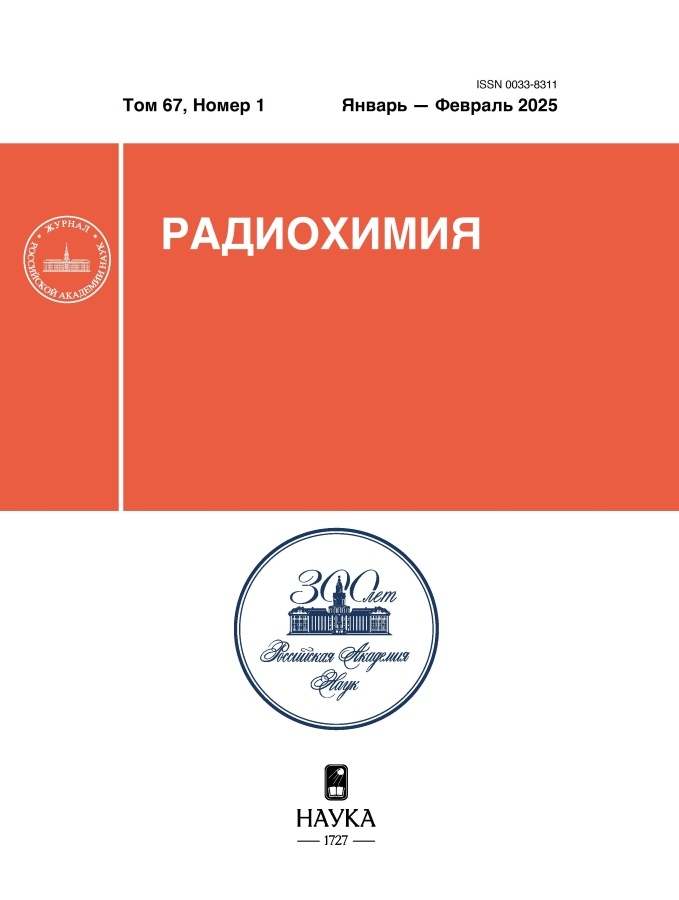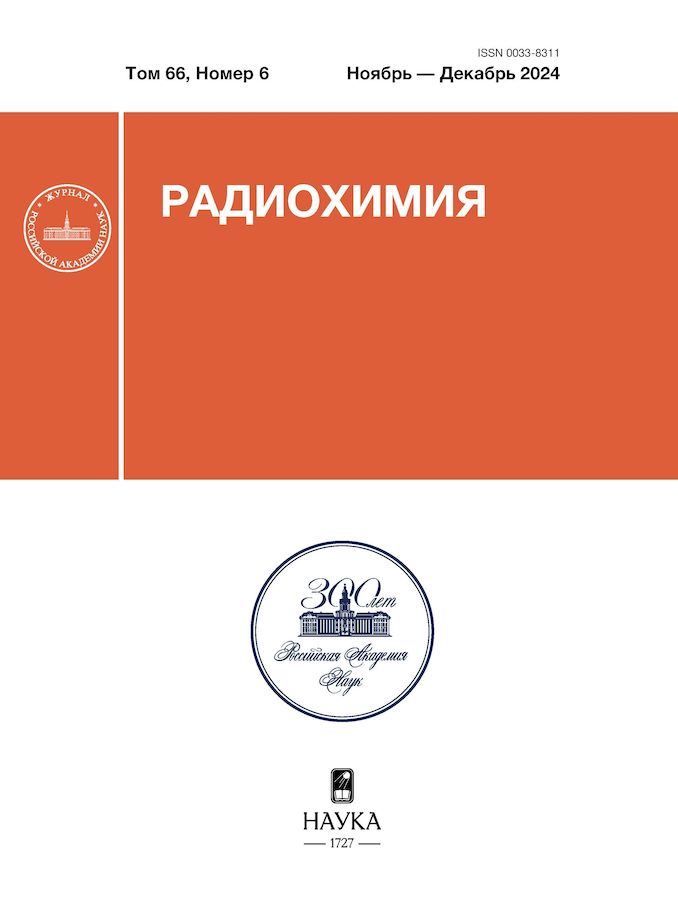Deuterium labeling of dopaquine
- Authors: Shevchenko V.P.1, Nagaev I.Y.1, Shevchenko K.V.1, Myasoedov N.F.1
-
Affiliations:
- National Research Centre Kurchatov Institute
- Issue: Vol 66, No 6 (2024)
- Pages: 589-595
- Section: Articles
- URL: https://ruspoj.com/0033-8311/article/view/681273
- DOI: https://doi.org/10.31857/S0033831124060101
- ID: 681273
Cite item
Abstract
The possibility of introducing deuterium into dopaquine, a compound consisting of quinone and dopamine fragments, has been studied. It has been established that isotope exchange can be carried out with deuterated water in the presence of trifluoroacetic acid (TFA) and HCl. Optimal conditions are the use of TFA at a temperature of 80°С. To activate isotope exchange, catalysts based on iridium or palladium (5%Pd/Al2O3, cycloocta-1,5-dienylyridium(I) 1,1,1,5,5,5-hexafluoropentane-2,4-dionate) were added to the reaction mixture in addition to the acid component. The preparative synthesis of [D]dopaquine was carried out by isotope exchange with deuterated water (D2O : TFA 5 : 1, 80°С, 3 h). [D]Dopaquine was obtained in 20% yield of with the deuterium content in the interval 1.2–1.4 atoms per molecule. The deuterium content in the dopamine fragment is 1.2–1.3 atoms per molecule. The quinone fragment contained approximately 4–7% of the isotope.
Keywords
Full Text
About the authors
V. P. Shevchenko
National Research Centre Kurchatov Institute
Email: nagaev.img@yandex.ru
Russian Federation, Moscow
I. Yu. Nagaev
National Research Centre Kurchatov Institute
Author for correspondence.
Email: nagaev.img@yandex.ru
Russian Federation, Moscow
K. V. Shevchenko
National Research Centre Kurchatov Institute
Email: nagaev.img@yandex.ru
Russian Federation, Moscow
N. F. Myasoedov
National Research Centre Kurchatov Institute
Email: nagaev.img@yandex.ru
Russian Federation, Moscow
References
- Гюнтер Х. Введение в курс спектроскопии ЯМР. М.: Мир, 1984. 478 с.
- Pajak M., Kanska M. // J. Label. Compd. Radiopharm. 2006. Vol. 49. N 12. P. 1061–1067. https://doi.org/10.1002/jlcr.1123
- Kozlowska M., Kanski R., Kanska M. // J. Label. Compd. Radiopharm. 2005. Vol. 48. N 3. P. 235–240. https://doi.org/10.1002/jlcr.919
- Gerdes G., Chen P. // Organometallics. 2004. Vol. 23. N 12. P. 3031–3036. https://doi.org/10.1021/om030685m
- Ziatdinov V.R., Oxgaard J., Mironov O.A., Young K.J.H., Goddard W.A., Periana R.A. // J. Am. Chem. Soc. 2006. Vol. 128. N 23. P. 7404–7405. https://doi.org/10.1021/ja060973k
- Lockley W.J.S. // J. Label. Compd. Radiopharm. 2010. Vol. 53. N 11–12. P. 668–673. https://doi.org/10.1002/jlcr.1806
- Kingston L.P., Lockley W.J.S., Mather A.N., Spink E., Thompson S.P., Wilkinson D.J. // Tetrahedron Lett. 2000. Vol. 41. N 15. P. 2705–2708. https://doi.org/10.1016/S0040-4039(00)00244-6
- Di Giuseppe A., Castarlenas R., Perez-Torrente J.J., Lahoz F.J., Polo V., Oro L.A. // Angew. Chem. Int. Ed. 2011. Vol. 50. N 17. P. 3938–3942. https://doi.org/10.1002/anie.201007238
- Di Giuseppe A., Castarlenas R., Perez-Torrente J.J., Lahoz F.J., Oro L.A. // Chem. Eur. J. 2014. Vol. 20. N 27. P. 8391–8403. https://doi.org/10.1002/chem.201402499
- Evchenko S.V., Kamounah F.S., Schaumburg K. // J. Label. Compd. Radiopharm. 2005. Vol. 48. N 3. P. 209–218. https://doi.org/10.1002/jlcr.916
- Куликова О.И., Стволинский С.Л., Федорова Т.Н., Адаева О.И., Демчук Д.В., Семенов В.В. Патент RU 2814111. Опубл. 22.02.2024 // Б.И. 2024. № 6.
- Shevchenko V.P., Nagaev I.Yu., Myasoedov N.F. // Radiochemistry. 2024. Vol. 66. N 3. P. 372–376. https://doi.org/10.1134/S1066362224030111
Supplementary files
















